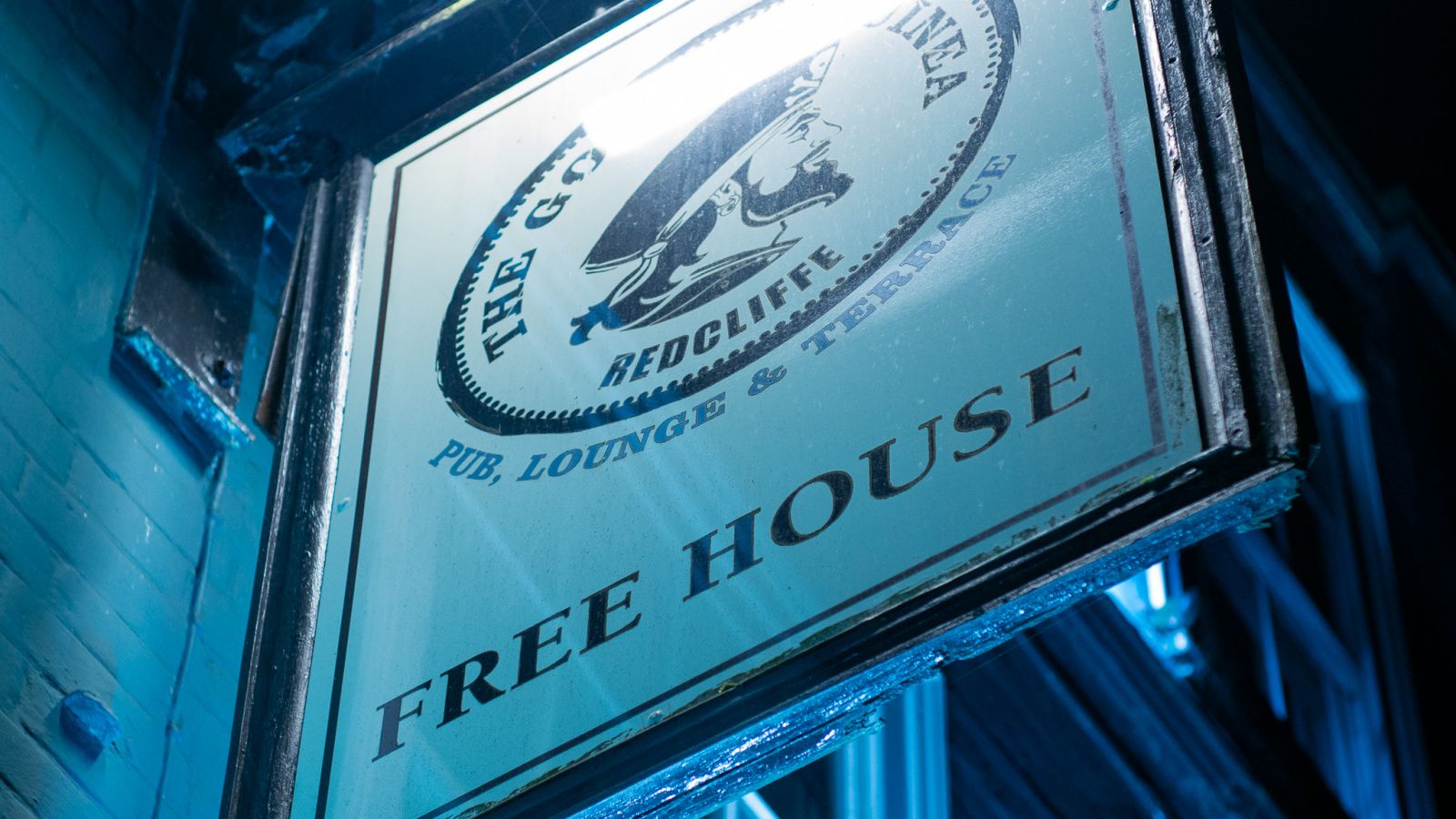
A-Z of Famous Bristolians – E: Edward Teach
Posted on: 11 Mar 2024Next up on our A – Z of famous Bristolians is perhaps the most notorious figure in the history of Bristol, the now iconic pirate, Blackbeard.
Last time out we took a look at the commander of The Executor himself Darth Vader (or at least the man who played him in David Prowse), this week we’re focusing on the captain of the Queen Anne’s Revenge and notorious 18th-century pirate, Blackbeard – real name (or was it?), Edward Teach…
First off, due to the slightly unreliable nature of his profession, there are various discrepancies in Blackbeard’s biography – not least his real name. In the article title, we’ve gone with the commonly used Edward Teach, but – according to historians - his real name was Edward Thatch and ‘Teach’ only became prominent after a spelling error in a newspaper article – oops!
Not much is known of Blackbeard’s upbringing. He was born in Bristol around 1680 (presumed due to the fact that he was reportedly aged between 35 and 40 when he died in 1718), although there is no official record of this. It is also said that The Golden Guinea on Guinea Street (pictured below), Redcliffe was one of the pirate’s favourite watering holes and the pub sign features a depiction of his head.
Before becoming one of the most notorious figures in the ‘Golden Age of Piracy’, it is believed that Teach/Thatch served as a privateer during Queen Anne’s War (1702-1713) between England and Spain. It is likely that he turned to piracy towards the end of the war as, by the early 18th century, there are references to Blackbeard, a now-fabled moniker that came from his jet-black beard and fearsome appearance.

Operating mainly in the waters of the West Indies and across the Eastern coast of the American colonies, Blackbeard quickly gained a reputation as a brutal pirate amongst settlers and sailors alike. This was largely due to his ingenious intimidation tactics, such as tying lit fuses under his hat, meaning that smoke devilishly billowed around his face during battles.
This is where another point of mystery and debate comes in as some modern historians have pointed to a lack of evidence pointing to Teach/Thatch ever killing anyone before his final stand – more on that later – and perhaps the terror he cultivated was enough to force his opponents to surrender, although this cannot be proved.
Another trusty tool at Blackbeard’s disposal was his infamous ship, The Queen Anne’s Revenge. A former French slave ship that was modified for piracy, the vessel boasted a crew of around 300 and up to forty cannons. Despite being an important part of pirate folklore, there is no record of ‘The Flag of Blackbeard’ (pictured below) ever flying above the infamous ship.
_svg.png)
Teach/Thatch eventually met his end in 1718 during the Battle of Ocracoke Inlet with British naval forces led by Lieutenant Robert Maynard, aboard the latter’s gun-less sloop. Blackbeard was killed in the skirmish and his body was decapitated and displayed on the ship’s bow for all to see.
Thanks to his fearsome reputation, terrifying appearance, dramatic demise and a great deal of folklore, Blackbeard is the world’s best-known pirate and has remained a fixture of popular culture from Pirates Of The Caribbean to DC’s Legends Of Tomorrow. He is also one of history’s most prominent Bristolians and holds a special place in the mythology of the city!
Find out more about Blackbeard and Bristol with Show of Strength's Blood, Blackbeard and Buccaneers theatre walk.
Read more:
-
A-Z of Famous Bristolians: D - David Prowse
-
A-Z of Famous Bristolians: C - Edward Colston
Article by:

Stan is a born and bred Bristolian, recently graduated from studying English Literature in Sheffield. His passions are music and literature and he spends the majority of his time in venues all over the city, immersing himself in Bristol’s alternative music scene. A lifelong Bristol City fan, Stan’s Saturdays are spent watching his team both home and away.

